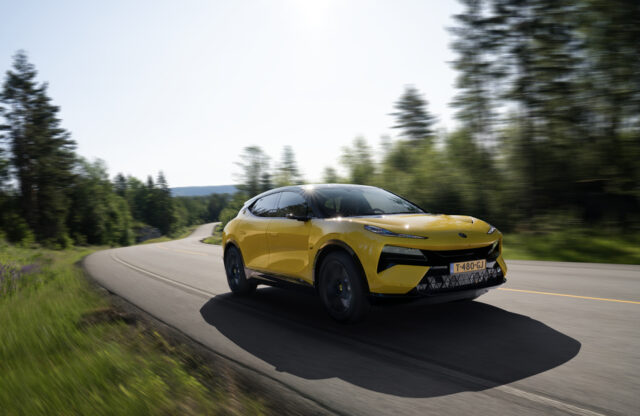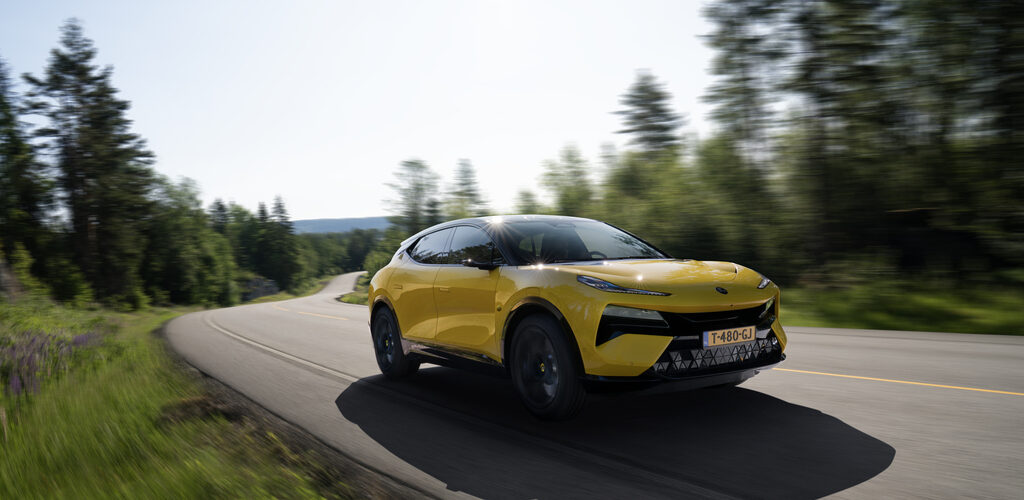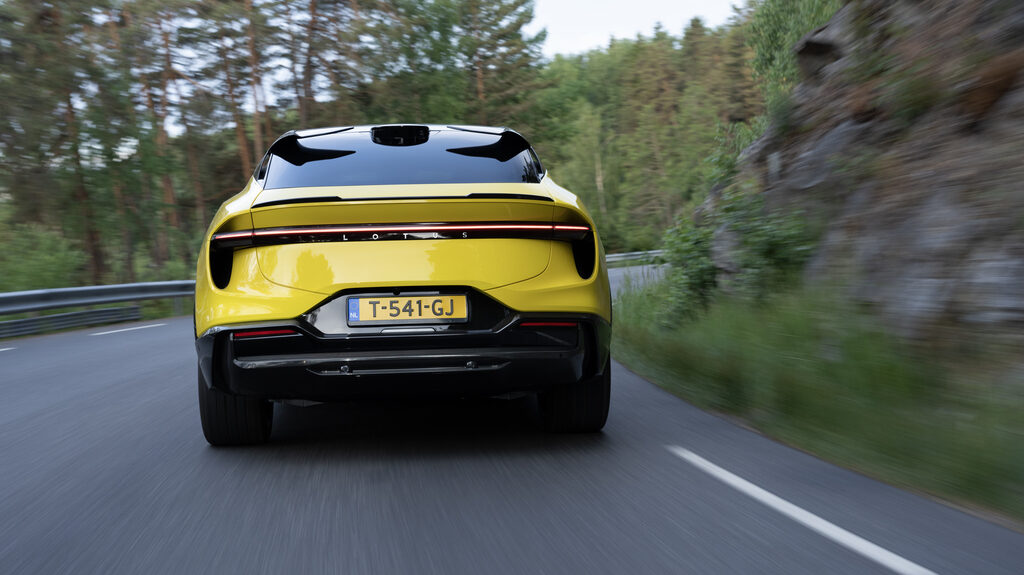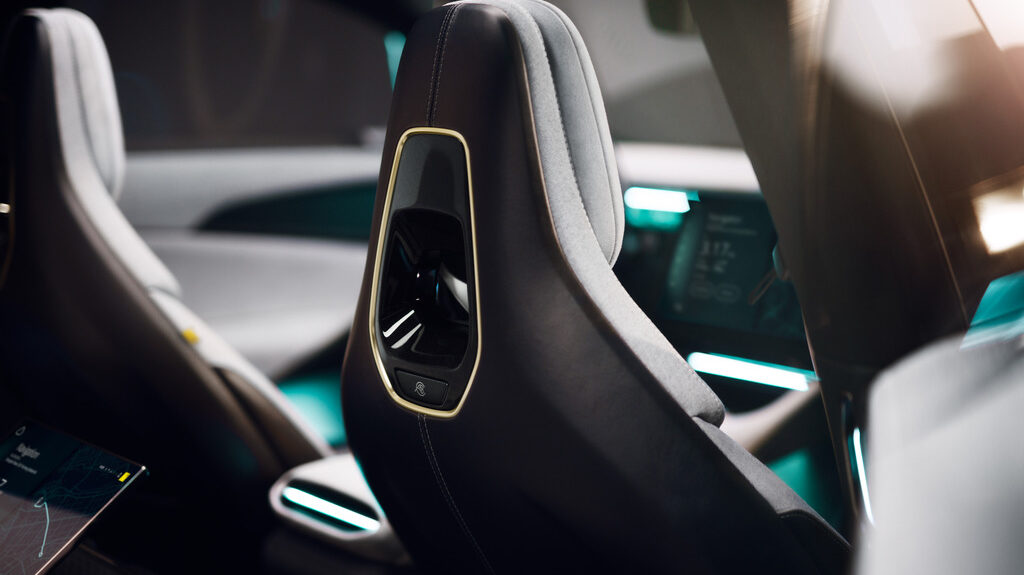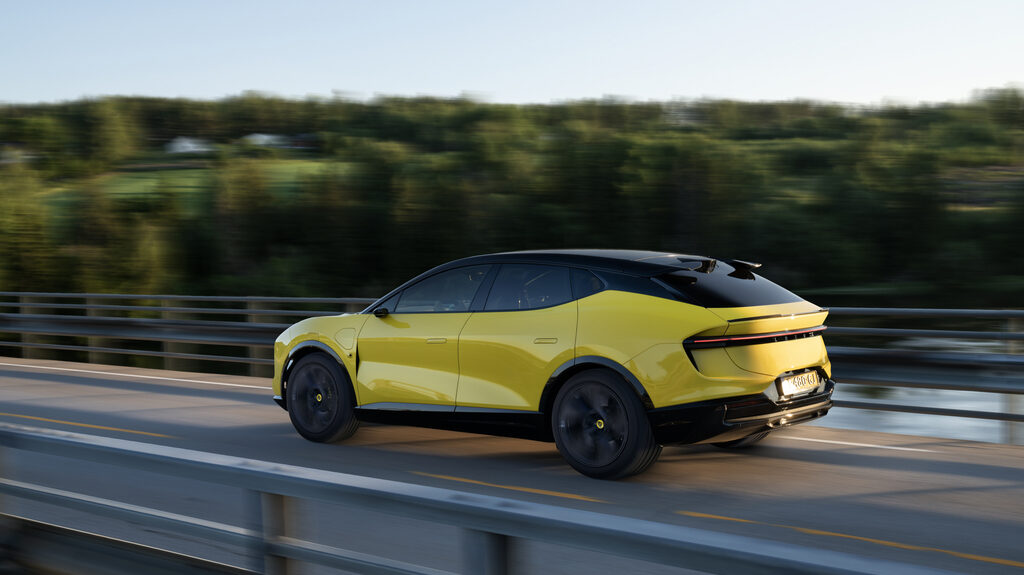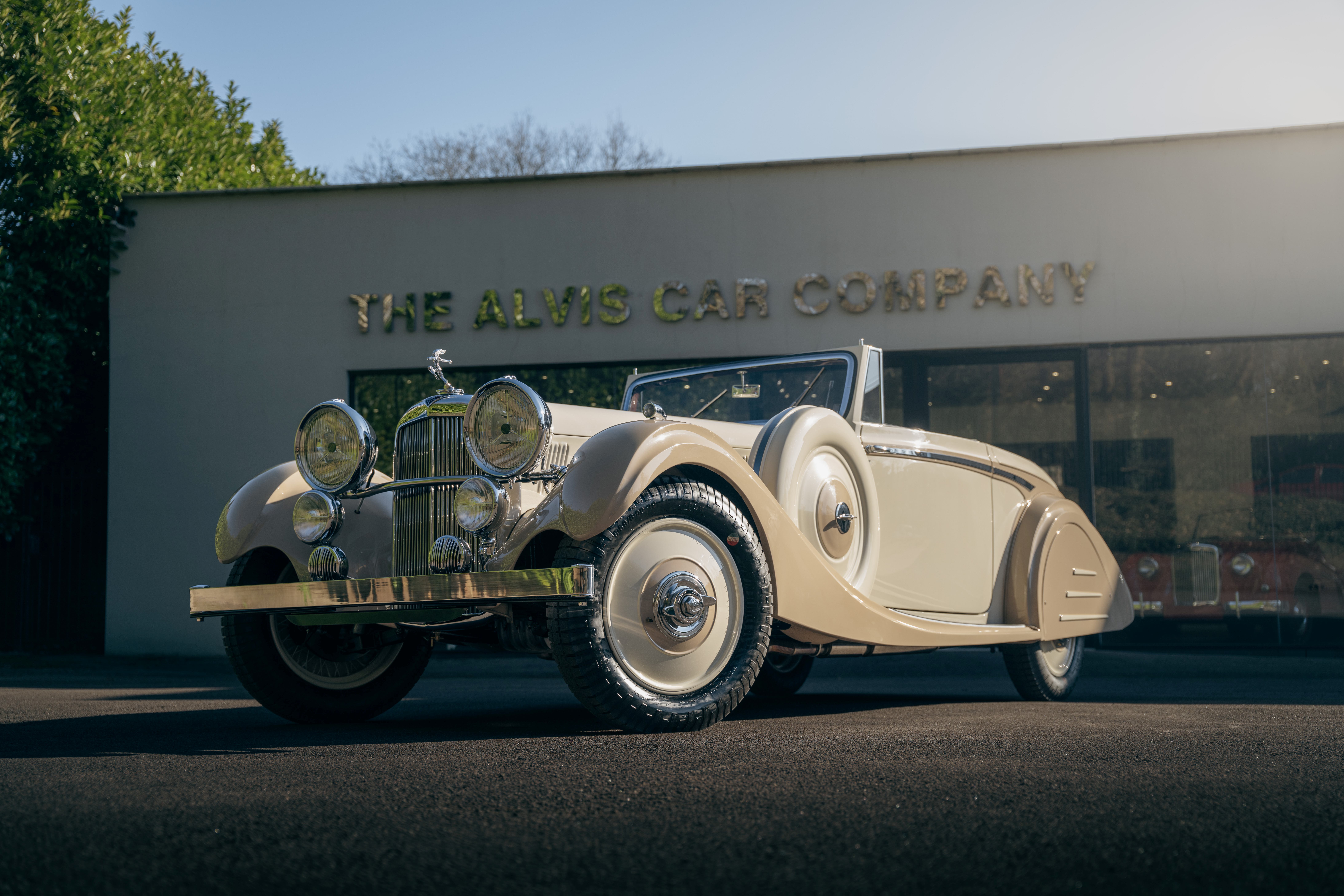WORDS: JEREMY TAYLOR | PHOTOS: LOTUS
Would Colin Chapman approve of the Lotus Eletre EV? It’s the topic for a late-night discussion at the bar – probably over a pint and perhaps in Hornsey, London, where Colin’s father, Stan, ran The Railway Hotel.
Obsessed with speed, the teenager converted stable buildings behind the premises into a car workshop (sadly now a Jewsons builders’ merchant). The rest is history – as is the famous Lotus mantra, ‘simplify, then add lightness’, reflecting Chapman’s obsession with car weight and performance.
The new Eletre is the first SUV in the company’s history, and it tips the scales at a not-insubstantial 2.5 tonnes. Most of that is down to a 650kg battery, the pack alone weighing more than Chapman’s iconic Lotus 7.

What would Colin Chapman have thought of the Eletre?
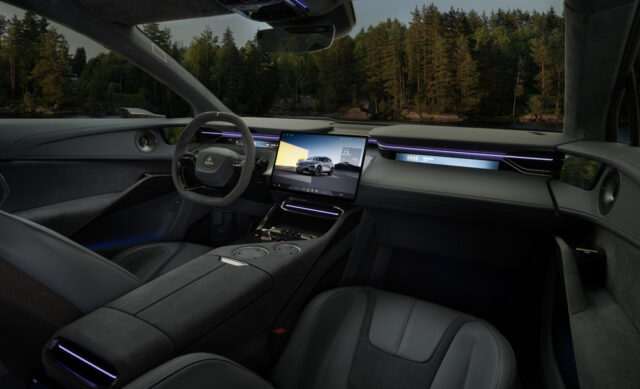
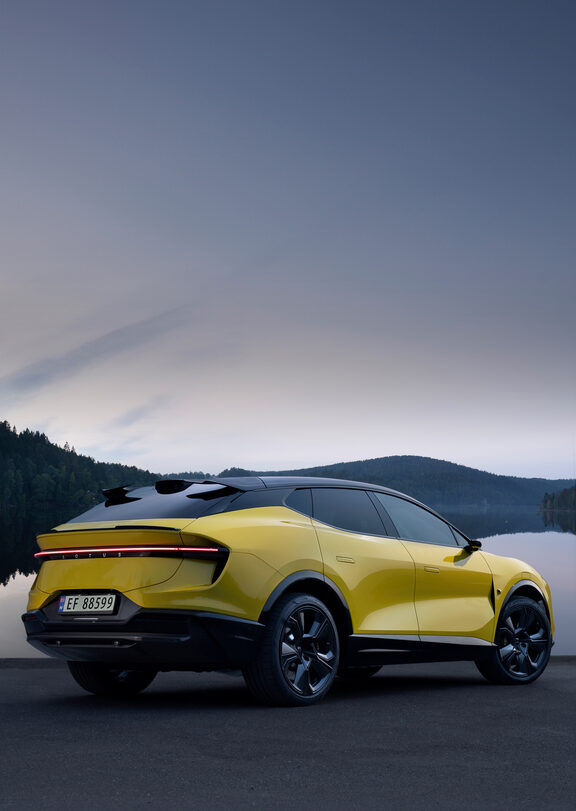
The racing guru might have choked on his beer had he known that the largest and heaviest Lotus ever would also be the first built outside of Norfolk. Parent company Geely has a plant in Wuhan, China, but at least the Eletre was designed in Coventry.
A coupé-esque SUV with more than a hint of Lamborghini Urus styling, the svelte Eletre certainly looks the business and is suitably fast. The Lotus is sold as either a 905bhp R model costing £120,000, or as the entry-level Eletre and S models, priced from £90,000 and offering 603bhp.
I drove the mid-range S with a 112kWh battery pack that promises an official range of up to 373 miles. That’s trimmed to 310 miles for the barn-storming R, which silently races from 0-62mph in under three seconds.
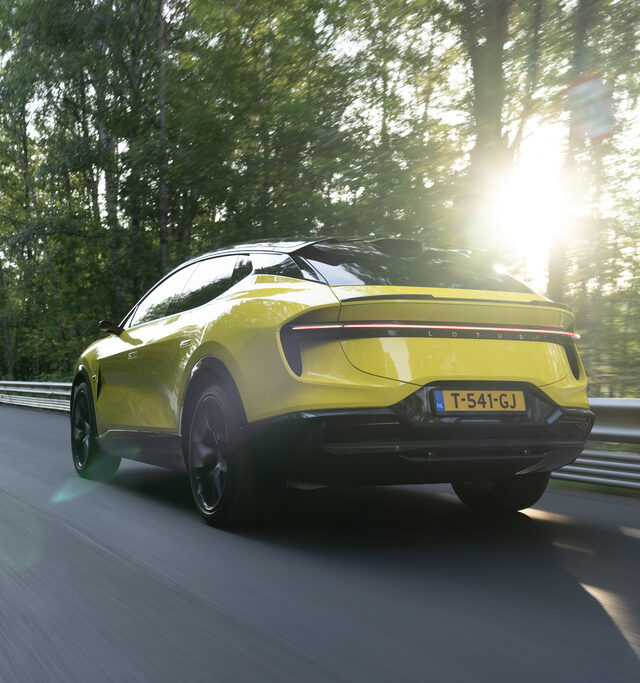
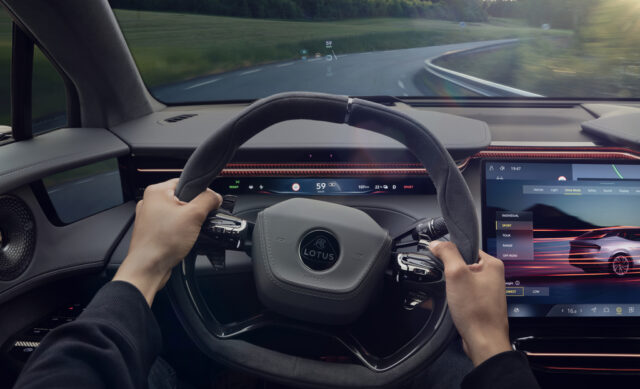
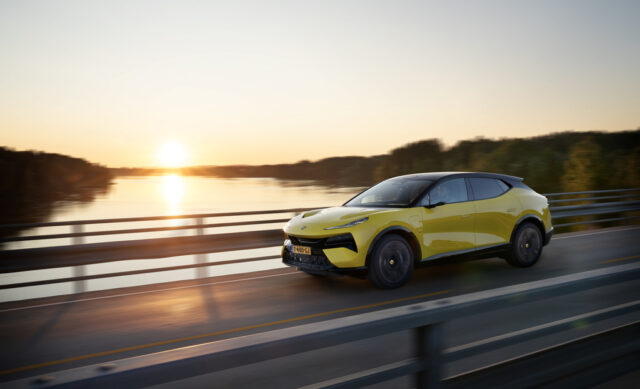

With the right charger, the 800-volt architecture can add 250 miles in 20 minutes. Which is a good thing, because I found the predicted in-car range depleted much, much faster than expected (and I wasn’t gunning it).
That, the silly key-card entry system and the incredibly annoying driver-assistance alerts aside – if I need a beeping reminder that I’m near the edge of the road, I probably shouldn’t be driving a Lotus in the first place – the Eletre is a very decent first stab at a super-SUV.
Available as a four- or five-seater, the interior is the best I’ve seen in a Lotus. Top-quality leather, sustainable materials and genuinely practical; decent head- and legroom, plus 688 litres of boot space confirm that, not forgetting the 46-litre frunk.
However, finding your way around the infotainment system and other controls can be a tad tiresome, because few of the switches and dials fall to hand intuitively. For example, door-mirror adjustment is operated via a button on the driver’s door, followed by fiddly buttons on the steering wheel. Everything’s there, somewhere, but it usually involves a sub-menu. Heaven forbid, you might have to read the manual.
Behind the wheel, the S is unflustered at speed, with good grip but not as exciting as a Lotus should be. Lamborghini and Aston Martin have proved that high-sided SUVs can be a blast – I imagine the pricier Eletre R, which undercuts both, would be a steal by comparison.
What would Chapman have thought of the Eletre? Unlike the squadrons of purists venting their anger on social media, I suspect the canny businessman would have been pragmatic. If it meant building a weighty SUV in China, one that outsold every other Lotus and also put company finances in the black, then pass the Mandarin phrase book.
